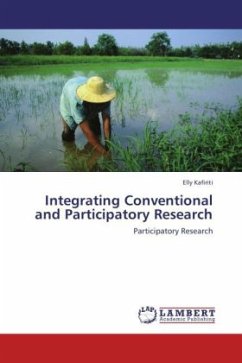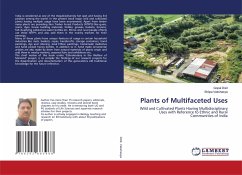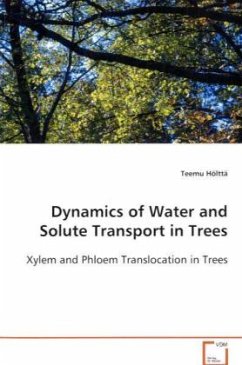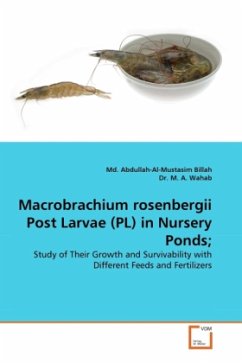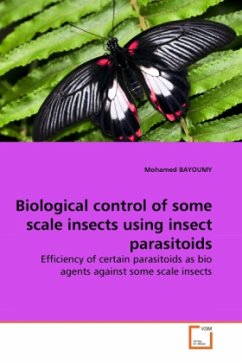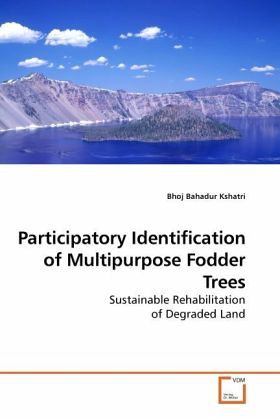
Participatory Identification of Multipurpose Fodder Trees
Sustainable Rehabilitation of Degraded Land
Versandkostenfrei!
Versandfertig in 6-10 Tagen
45,99 €
inkl. MwSt.

PAYBACK Punkte
23 °P sammeln!
SUMMARY: The book was updated in October 2009 and consists of nine chapters describing aspects of the subsistence farms of western Nepal in general, and a need-based evaluation of multipurpose fodder trees (MFT) as a source of dry - season feed for ruminants in particular, as a basis for mitigating the current high rate of land degradation and loss of productivity in the region. Understanding the complex farming systems that provide a living for 65% of the 27.1 million people in Nepal is the key to designing effective programmes of research and development. Evaluation methods include review of...
SUMMARY: The book was updated in October 2009 and consists of nine chapters describing aspects of the subsistence farms of western Nepal in general, and a need-based evaluation of multipurpose fodder trees (MFT) as a source of dry - season feed for ruminants in particular, as a basis for mitigating the current high rate of land degradation and loss of productivity in the region. Understanding the complex farming systems that provide a living for 65% of the 27.1 million people in Nepal is the key to designing effective programmes of research and development. Evaluation methods include review of past work, farmers group workshops to identify current practice in the use of MFT, studies on biomass production of Artocarpus lakoocha and Ficus glaberimma trees older than 50 years in Nepal and the propagation of F. benjamina, comparison of the feeding preferences of sheep for alternative browse species, and study of the nutritive value of alternative forage diets for lactating buffalo. Results are used to develop recommendations for choice of MFT species for the rehabilitation planting of degraded land.




